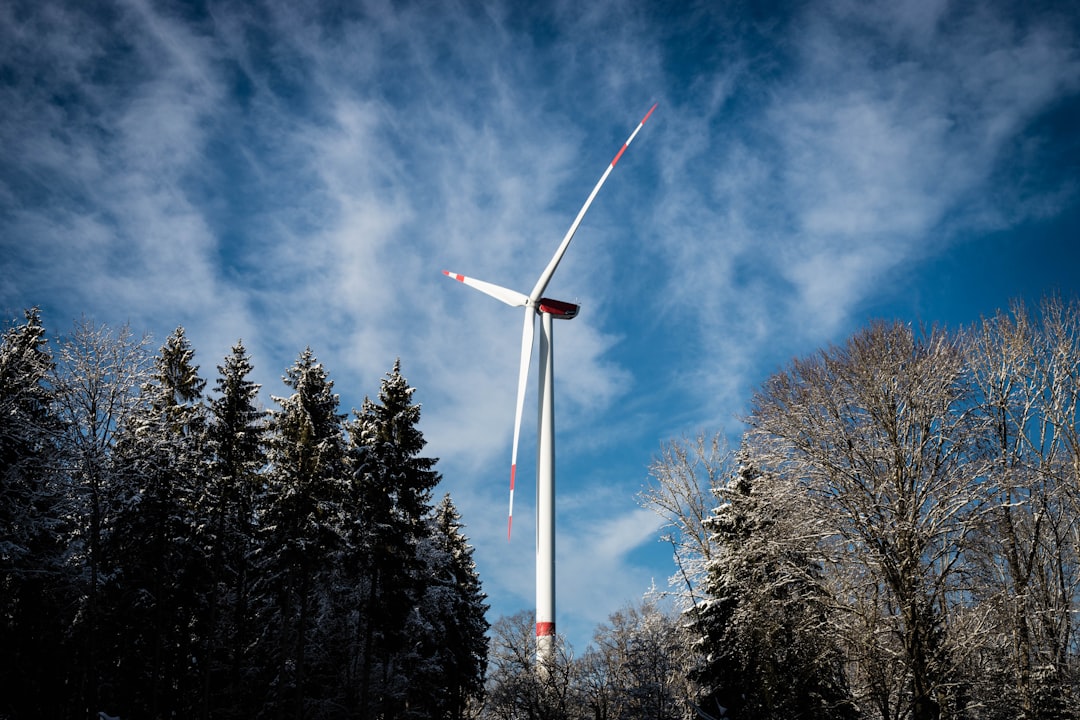What is it about?
In this study, we have developed a three-dimensional numerical simplified model of coupled heat transfer (conduction, convection, and radiation) in building components with air-filled vertical cavities, closed at top and bottom. An experimental study was conducted using a modular block with removable separations that allowed assembling different patterns and which was part of an insulated separation wall mounted between a hot and a cold controlled chambers. Measured temperatures and experimental thermal resistances were found to be very close to the theoretical values, thereby validating our model. The model is then used to conduct a parametric analysis by using a design of experiments. The thermal conductivity and the emissivity of the solid material are the two parameters that most impact the thermal resistance of the enclosure. Influence of the other thermophysical properties and the pattern on the thermal resistance are also shown. Finally, an inverse method is proposed to determine the geometrical and thermophysical properties of any three-dimensional partitioned enclosure with targeted equivalent thermal resistance and equivalent volumetric specific heat. We demonstrate that this method based on a particle swarm optimization algorithm is very efficient and finds several suitable solutions differentiated by their thermophysical and geometrical properties.
Featured Image
Read the Original
This page is a summary of: Three-dimensional conjugate heat transfer in partitioned enclosures: Determination of geometrical and thermal properties by an inverse method, Applied Thermal Engineering, May 2013, Elsevier,
DOI: 10.1016/j.applthermaleng.2013.02.040.
You can read the full text:
Contributors
The following have contributed to this page










